A property sheet is likely to be the right solution; this answer elaborates on @gregseth's rather than seeking to replace it, as it's too long for a comment.
I found that I needed different paths for 32-bit and 64-bit targets, and doing that took a bit of figuring out, so I've documented the process in detail.
One key misunderstanding I had with property sheets was that, unlike the usual VS property editor where you can edit different configuration/platform combos, a property sheet is just a list of properties. It doesn't have per-configuration and per-platform sub-sections. That was confusing because when I added a sheet to a project it appeared under each configuration/platform node rather than under the top level project node. All the entries are actually for the same property sheet file, so editing one changes all of them, but I didn't initially understand that and thought I'd still have to change the value in each place individually.
You can add a property sheet to just one configuration/platform combo, to all of them, or to just some subset.
If you want to have global settings then configuration/platform overrides you can do so by making sure the more specific property sheets are last. So you might have a property sheet "all configurations" then one for "x86", one for "x64" one for "debug" and one for "release". The x64 debug target would have the sheets "all", "x86", "debug". Basically emulating what VS's property editor does internally.
